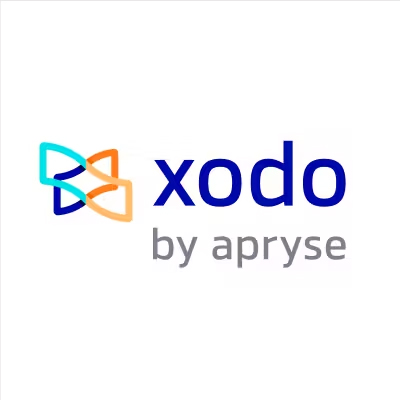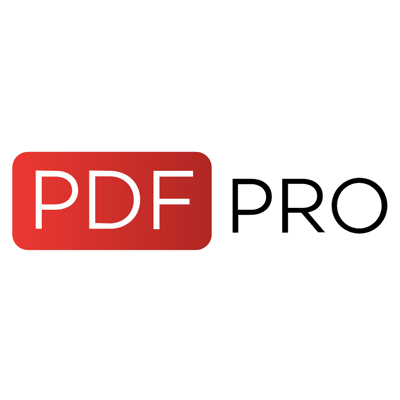If you are looking to convert PDF files to KML format, our website provides a convenient solution for you. KML (Keyhole Markup Language) is a file format used to display geographic data in a mapping environment. It is widely used in applications such as Google Earth and Google Maps. By converting your PDF files to KML, you can easily visualize and interact with the data in a more dynamic and intuitive way. Our website offers a range of converters that can handle PDF to KML conversions. Whether you are looking for an online converter that can be used directly in your browser or a software solution that you can install on your computer, we have options for you. We understand that different users have different requirements, so we aim to provide a variety of converters to cater to your specific needs. Some of the converters listed on our website are free to use, while others may require a premium subscription. We believe in giving you the freedom to choose the converter that best suits your budget and usage requirements. No matter which converter you choose, our website ensures that you will have access to reliable and efficient tools to convert your PDF files to KML format.
























A PDF (Portable Document Format) file is a type of file that is widely used for sharing and preserving documents in a format that is independent of the software or hardware used to create it. PDF files are designed to look and behave the same way on any device, making them ideal for distributing and viewing documents across different platforms. PDF files can contain a variety of content, including text, images, graphics, and even interactive elements such as hyperlinks and forms. One of the key advantages of PDF files is their ability to compress large amounts of data without losing quality, making them a popular choice for storing and sharing files that include both text and graphics. PDF files can be viewed and edited using a variety of software programs, making them a versatile and widely accessible file format.
KML files, short for Keyhole Markup Language, are a widely-used XML-based format for representing geographic data. Developers and GIS experts commonly utilize KML files to store and share geographic information, such as maps and placemarks, that can be easily displayed and manipulated on various platforms and applications. These files leverage a combination of tags and attributes to define points, lines, polygons, and other spatial data, making it easier to visualize and interact with geographical features. KML files can also include additional information like descriptions, images, and overlays, allowing for richer data visualizations. With their versatility and interoperability, KML files have become industry-standard in the field of spatial data representation and analysis.